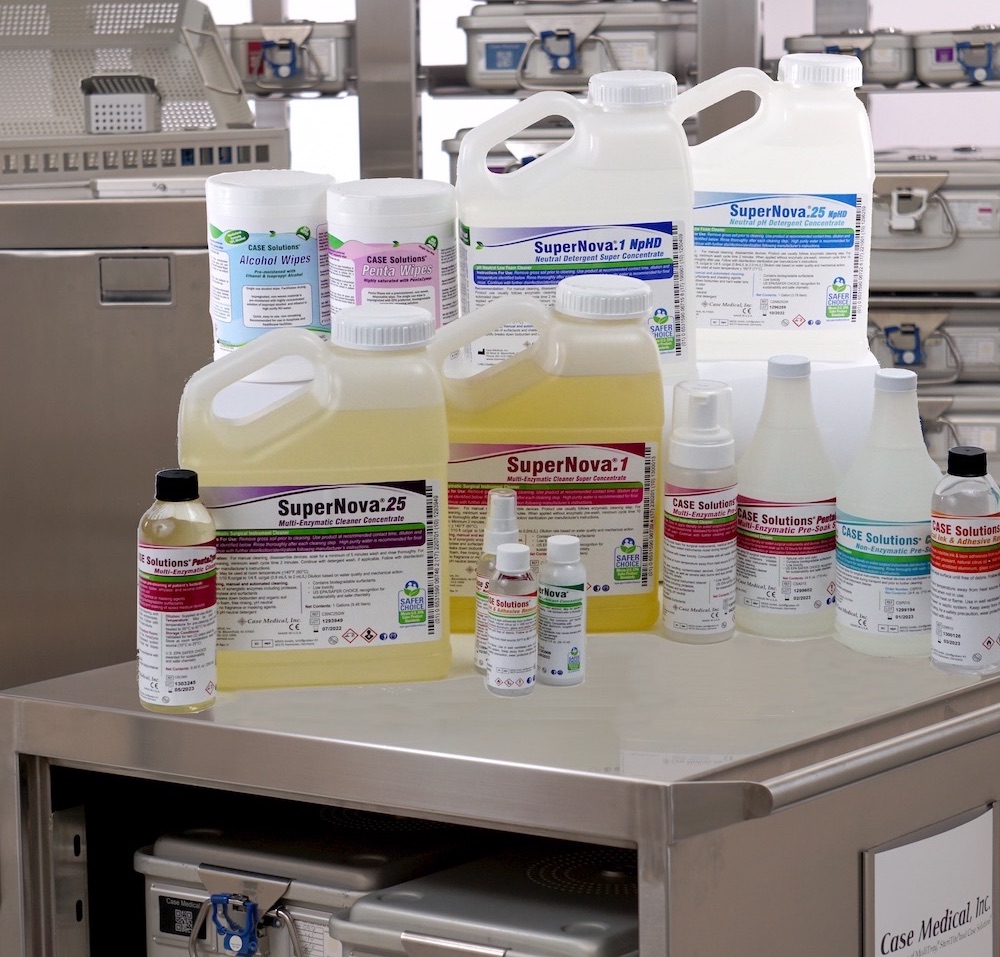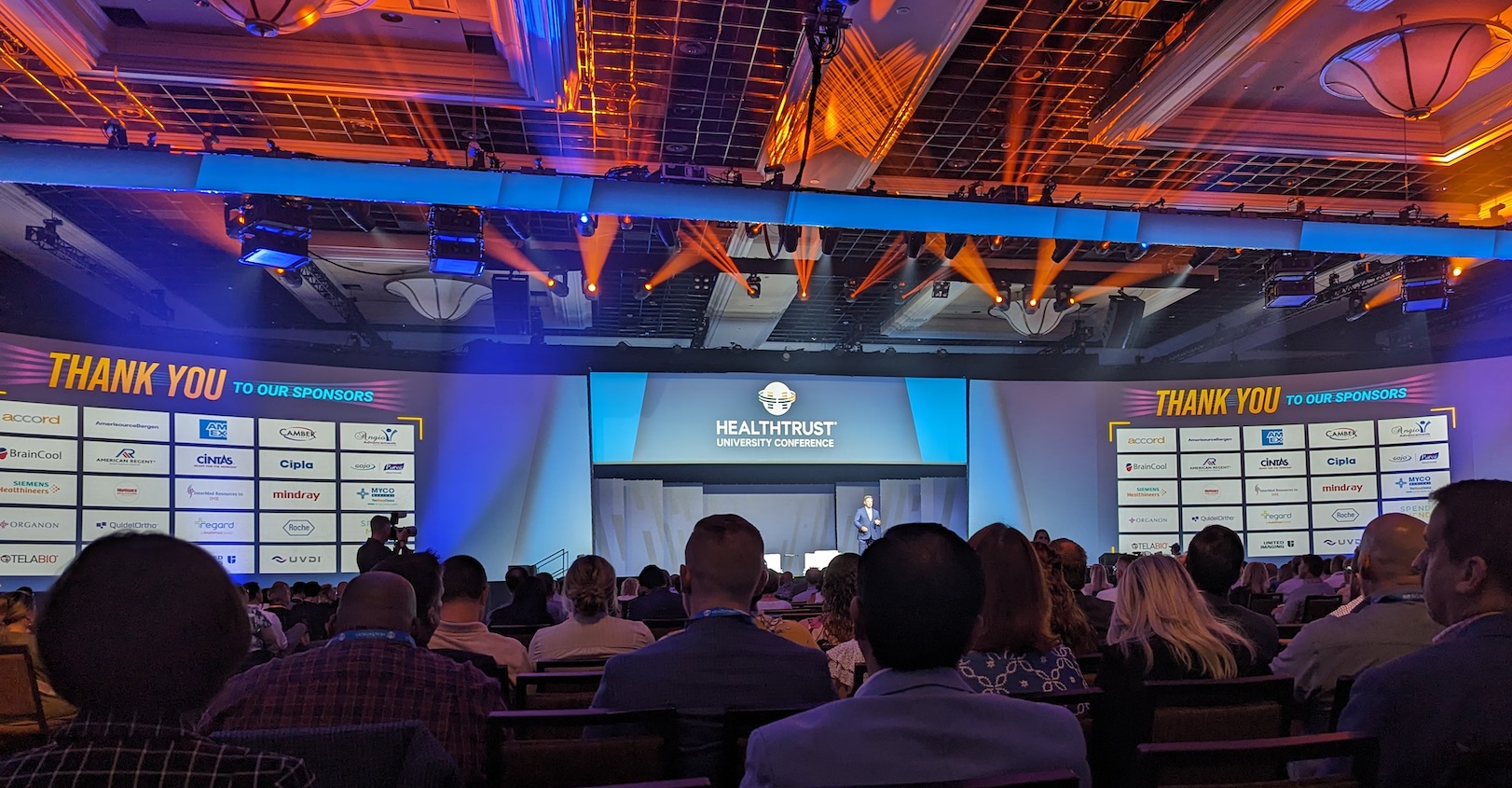
Your chemical footprint
We can all agree that stopping pollution is a good thing to do. And an excellent way to start is by reducing the “chemical footprint,” a simple expression that considers the quantity and harshness of chemicals used in healthcare processes. Think of the analogy of adding too much salt to the soup, too much detergent to the washer, dumping too many chemicals into the wastewater stream. You can shrink your facility’s “chemical footprint” by using safer more effective instrument chemistries which are good for the environment and for your facility's bottom line, since you can use less of the product.
The soap opera
Healthcare uses probably more chemicals than any other industry. Many are needed for patient care. Have you ever wondered why so many chemicals are used for cleaning medical devices, why the dosing range of detergents is so broad and yet the rinse time so short? Detergents are used to lift off soil from devices, but it’s water that washes it away. Hmmm… Isn’t it odd that the expensive stuff gets used the most, but the cheap stuff which carries away the detergents and soil is used the least? No wonder that equipment manufacturers fight hard to keep their detergents in the washer and set the dosage so high. Is it bad practice or economics?


What are we doing wrong?
What are the consequences of cutting back the rinse time in the washer to a total of 15 seconds? Are there effects on staff, patients, and the environment? It’s a known fact that chemical residue can affect sterilization outcomes with cancelled cycles in low temperature sterilizers. Containers and other medical devices are subjected to a wide range of chemical agents in automated washers. Containers placed in cart washers are repeatedly exposed to chemically saturated recycled water. Is there really a mystery about where white powder on sterilization containers comes from? Afterall, containers especially those that are anodized do not shed or produce a powdery dust on their own.
It's always chemical
We know that harsh chemicals, especially alkaline detergents can strip containers. That is why we originally developed our line of pH neutral instrument chemistries that are U.S. EPA Safer Choice certified. Our goal was to develop highly effective, safer alternatives to the toxic, caustic cleaners currently used in health care. At Case Medical, we care about you, and we care about the environment. Reduce your “chemical footprint,” use the dose identified on the label of our U.S. EPA certified cleaners, the product and the dosage have been validated. We can help you standardize, reduce chemical usage, and contribute to your facility's bottom line.


Attending the Health Trust conference in Las Vegas? If you are visit us this week to learn more. Remember, we’re here to help. Contact us at [email protected], or visit us anytime at www.casemed.com to learn more about our products and services.
Case Medical is a five time U.S EPA Safer Choice Partner of the Year and has agreements with the government and all major GPOs. These include enhancements under the Vizient Novaplus agreement and with Premier for standardization.
Kindest Regards,
Marcia Frieze and the Case Medical team





